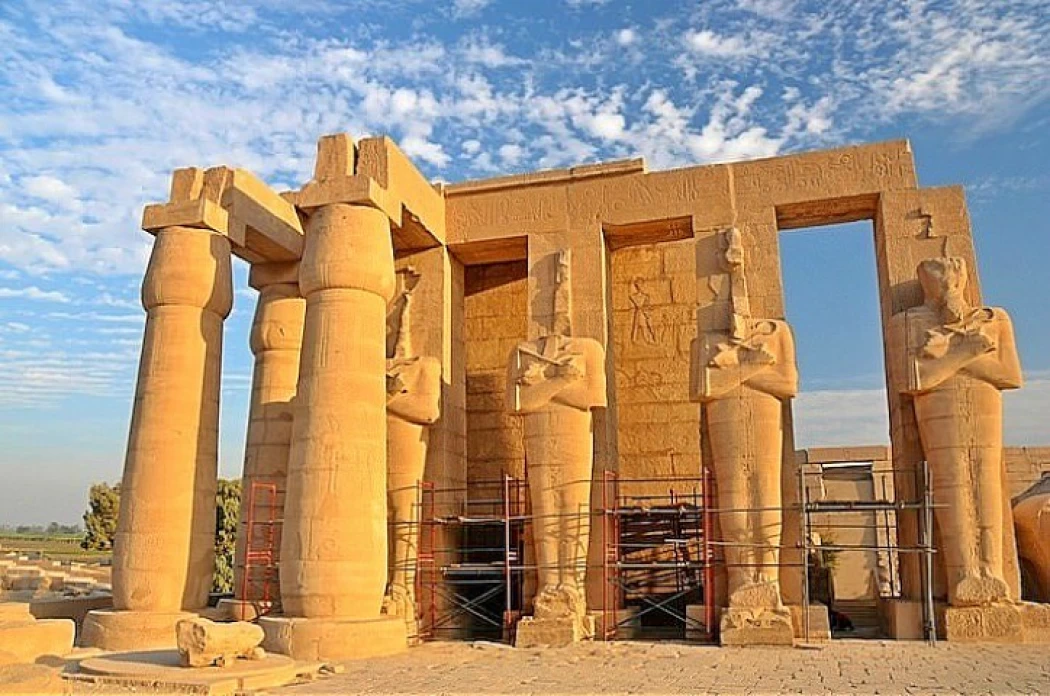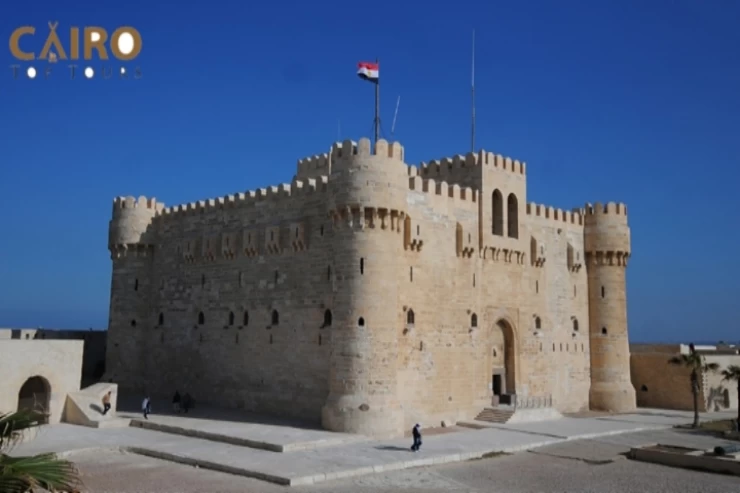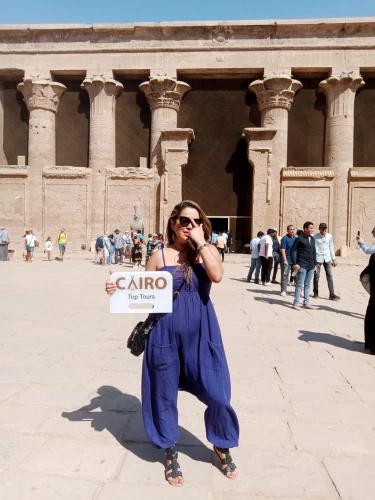
Ramesseum Temple
Facts about Ramesseum
One of the most significant Pharaonic temples that many people are unaware of is the Ramesseum Temple. It is situated in the Luxor Governorate in the West Bank. Built by King Ramses II, it is a masterwork of architecture that has several enormous statues of the monarch as well as numerous inscriptions that describe life in the Pharaonic realm during that time.
King Ramses II constructed the Ramesseum Temple with the intention of worshipping the god Amun. This temple gained notoriety because of the nearby warehouses, which contained numerous papyri, notably the massive statues of King Ramses II found in the Sinuhe Papyrus. The first courtyard is currently demolished. The temple contains inscriptions decorating the temple wall with the events of the famous Battle of Kadesh in which King Ramses II defeated the Hittites and how he planned the war. The temple also contains inscriptions depicting a scene of the king in his war chariot with the Hittite chariots above him as he tries to attack them, a scene representing the city of Kadesh within its fortified walls, and a scene of the king holding his enemies and beating them.
On the opposite western wall there are inscriptions of the god Thoth recording the name of the king on the leaves of the sacred tree, then scenes of the king sitting in front of the sacred tree. The temple is surrounded on three sides by corridors and storerooms with vaulted roofs of mud bricks with some stone architectural elements. They were most likely used to store grains, clothes, hides, oil pots, wine and beer. Some of them contained two rows of columns and are believed to be for priests and employees.
During the joint Egyptian-French archaeological mission, significant remnants of the 19th and 20th dynasties were discovered at the Ramesseum Temple, which is located in Luxor's West Bank. They discovered a school for the education of worker's children, as well as a collection of public kitchens, butcher facilities, and large warehouses. A massive mud-brick wall, measuring 270 meters in length and 175 meters in width, encircles the temple.
Latest Articles
Admin
Aswan Governerate in Egypt
One of Egypt's southern governorates is Aswan Governorate. The city of Aswan serves as its capital. At a latitude of 22 north of the equator (also known as the Tropic of Cancer), it is bounded to the north by the Qena Governorate, to the east by the Red Sea Governorate, to the west by the New Valley Governorate, and to the south by the Republic of Sudan.
Admin
Luxor Governorate Egypt
The capital of the Arab Republic of Egypt is Luxor City, which was once known as "Thebes City" because it served as Egypt's capital during the Pharaonic era. It is situated in the South Upper Egypt region, approximately 670 kilometers from the capital Cairo from the south. It is bordered on the north by Qena Governorate, on the south by Aswan Governorate, on the east by Red Sea Governorate, and on the west by New Valley Governorate.
Admin
History of kafr El Sheikh Governorate
Kafr El Sheikh Governorate is an Egyptian governorate, located in the northernmost part of Egypt in the Nile Delta, with Kafr El Sheikh as its capital. It had a population of 3,172,753 in 2015 and an area of 3,748 km². Its entire area is located north of the delta and overlooks the Mediterranean Sea. The main economic activity of the residents of the governorate is agriculture and fishing, especially the southern lands of the governorate and the lands overlooking the Nile River - Rosetta Branch.
Admin
Egypt's New Administrative Capital
The New Administrative Capital is located between the Cairo-Suez and Cairo-Ain Sokhna roads, 60 km from Cairo and the same distance from Ain Sokhna and Suez. The New Administrative Capital is located on the border of Badr City, in the area between the Cairo-Suez and Cairo-Ain Sokhna roads, just after New Cairo, Mostakbal City and Madinaty.
Admin
Al Gharbia Governorate
Gharbia Governorate is one of the governorates full of archaeological sites, whether they are places or facilities (mosques, churches), as the governorate is a destination for visitors to these places throughout the year, whether they are Egyptians from the different governorates.
Admin
Hamata Islands (Qulaan Archipelago) in Marsa Alam
The Hamata area, south of Marsa Alam in the Red Sea, is one of the most important parts of the Wadi El Gemal Reserve, whether in the desert or the sea. It was named after the sorrel plant, which was distorted to Hamata.
















